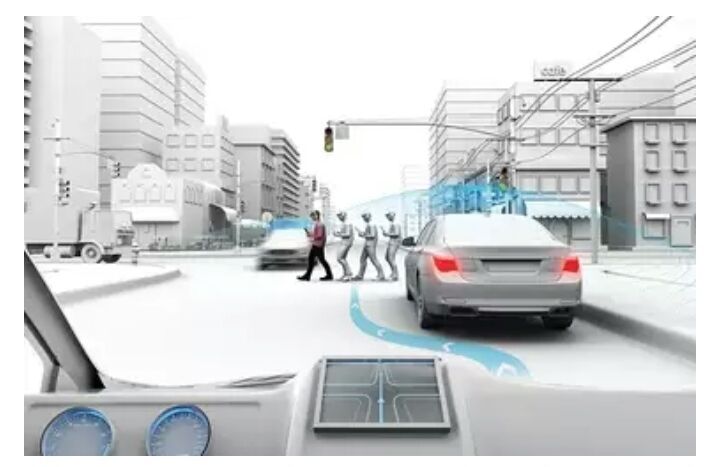Everything self-driving cars calculate before changing lanes
Changing lanes is simple for human drivers. Not so for autonomous cars. Instead of gray matter and muscle memory, self-driving vehicles make decisions using programming, artificial intelligence, and onboard perception systems such as lasers, cameras, and radar.
We asked four companies—drive.ai, a startup out of Stanford; nuTonomy, born from MIT; Uber; and Waymo—what their cars consider when deciding whether to veer left.
Light reading
Signals dotted through the environment offer the car’s robot brain important clues. Using an AI strategy called deep learning, a drive.ai vehicle can figure out that a car stopped at a green light might be stalled, while one that doesn’t proceed during a red light is just going with the flow. Algorithms can also conclude that flashing hazard lights on a vehicle ahead mean that it probably isn’t going anywhere anytime soon.
